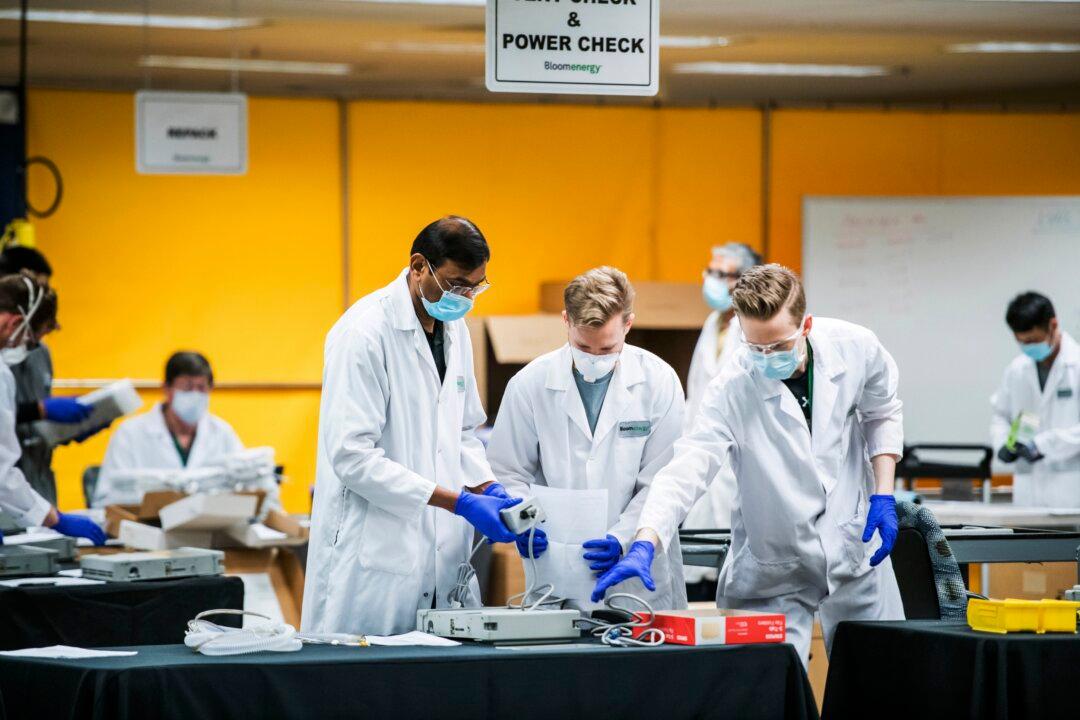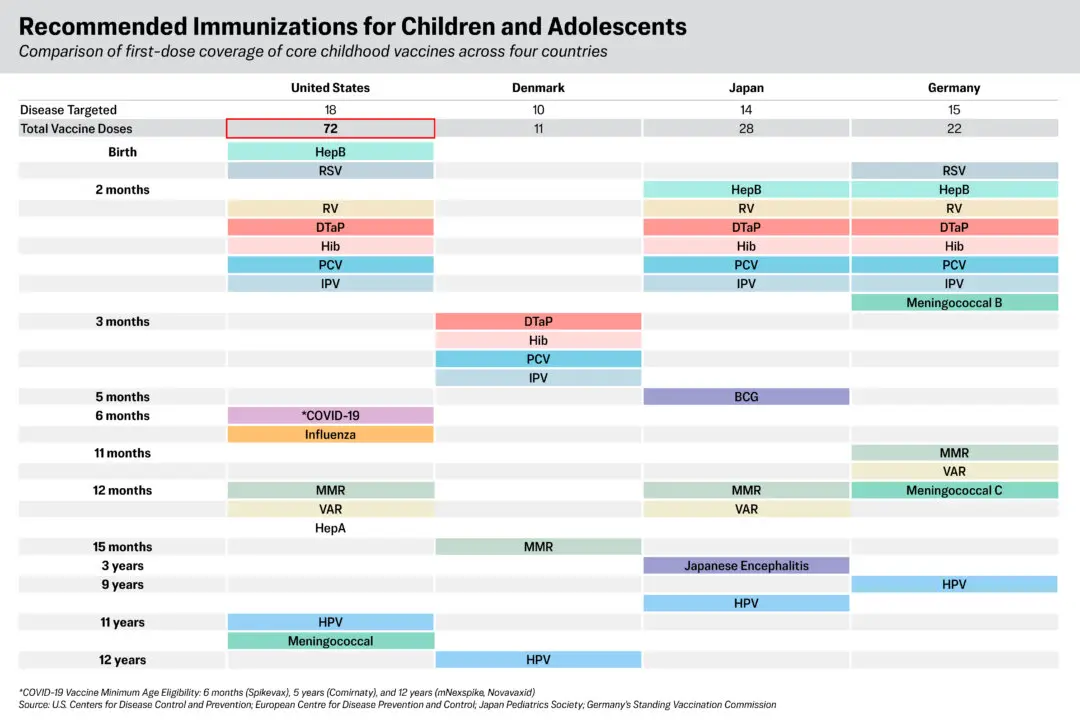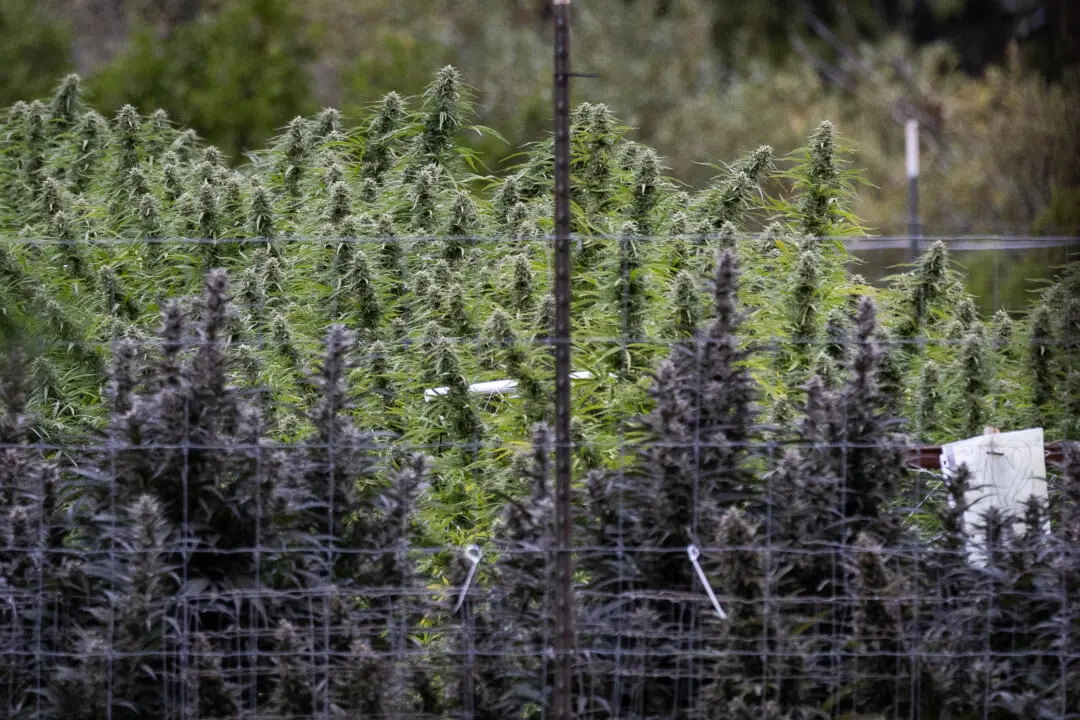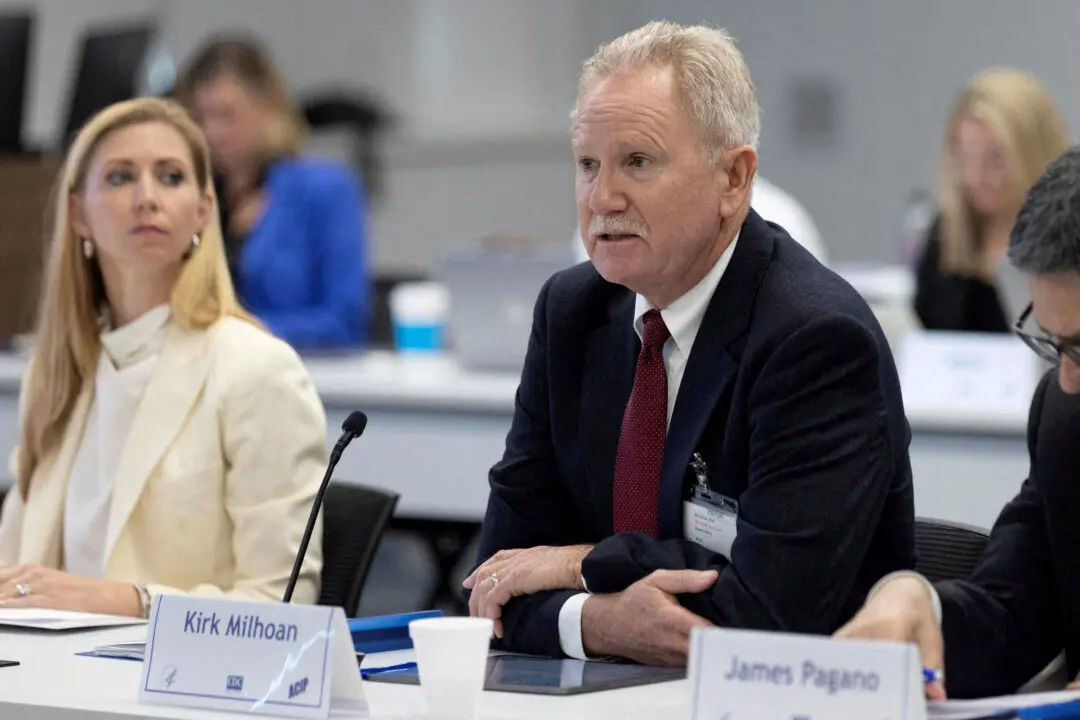New York doesn’t need any more ventilators and California is in good enough condition to send 500 ventilators to states in worse shape, their governors said on Monday, a sign that the CCP virus curve appears to be flattening in both states.
“We don’t need any additional ventilators right now,” New York Gov. Andrew Cuomo told reporters at a press conference after repeatedly warning in recent days that the state needed up to 40,000 of the breathing machines.





